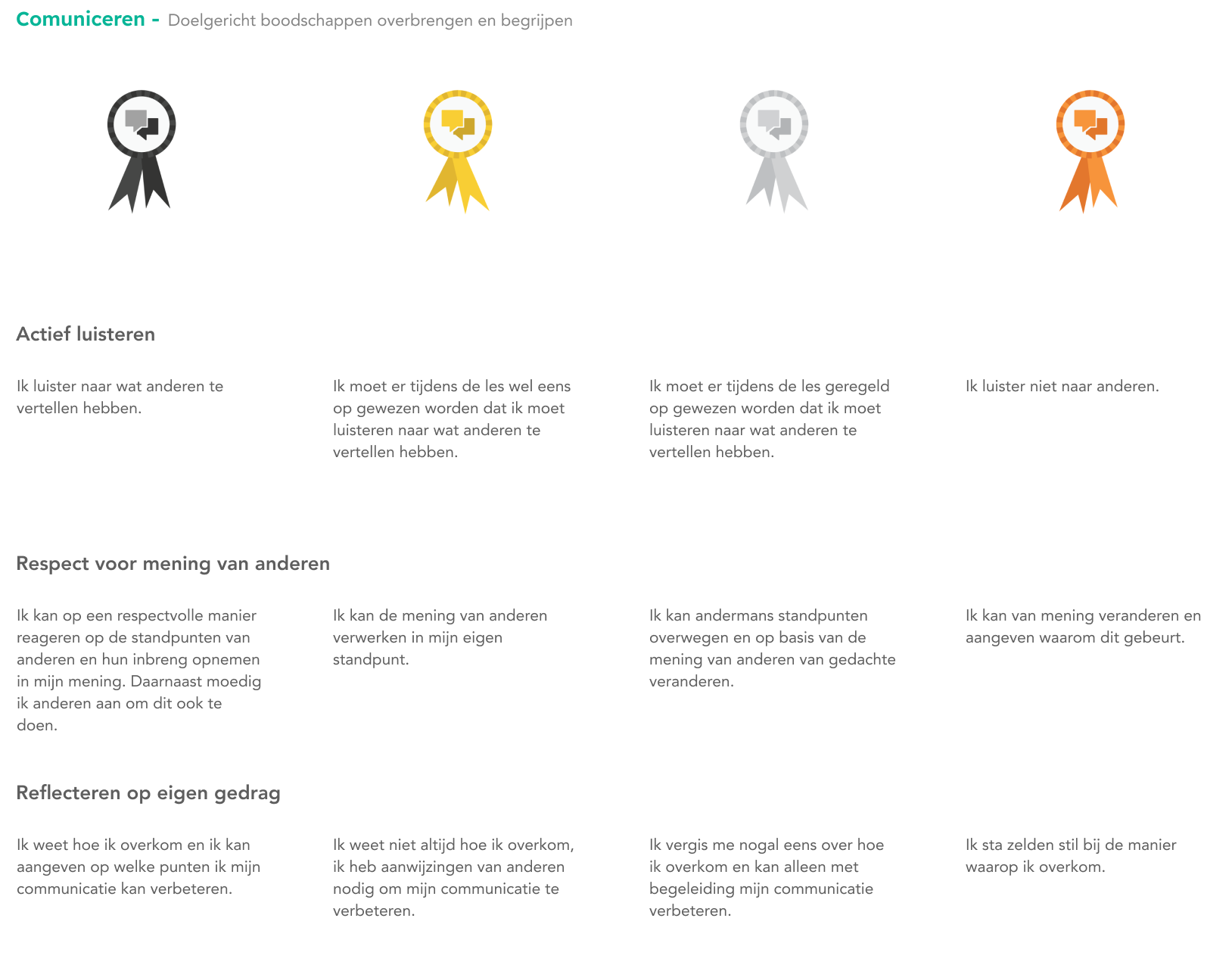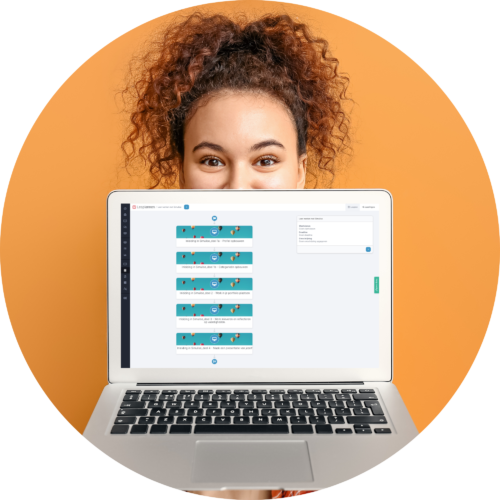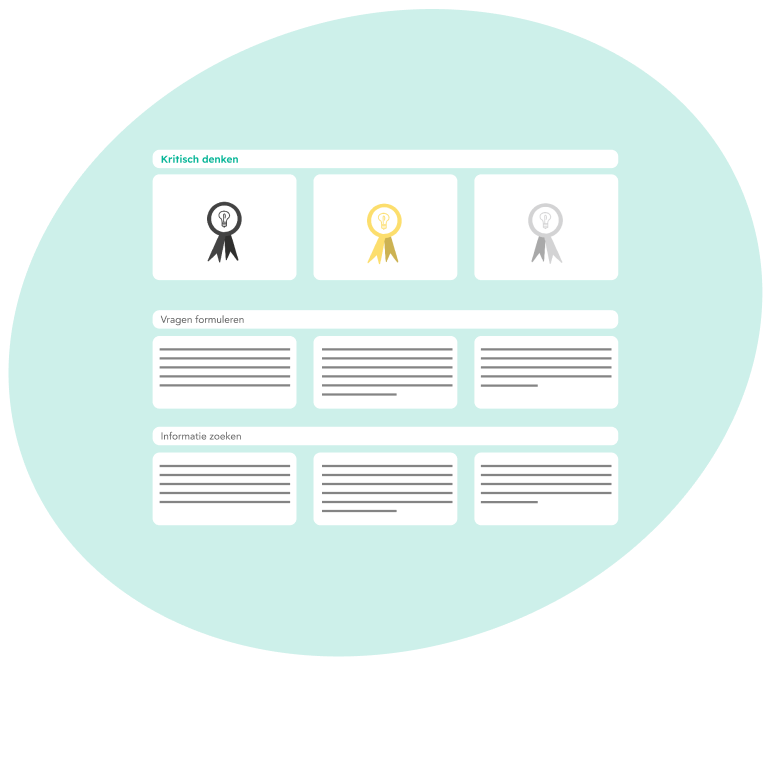Formative evaluation in Simulise
Formative assessment gives your students the opportunity to reflect on themselves and compare this with the teacher’s and various others’ reflections.
To make formative assessment easier, the portfolio already contains several rubrics that can be supplemented with your own rubrics and assignments. Students can thus easily make their own judgments on submitted work. The steps of feed up, feedback and feed forward are thus given a place in Simulise. In addition, students can invite others to provide feedback that completes the picture for the student.
Reflecting and assessing
In formative assessment, the standard is for students to assess themselves, including a brief description of what went well and what could be improved. Then others can be asked to rate them. The instructor always has the option of grading. To get more sources of feedback, parents, internship supervisors or peers can be invited by the student to view a project and its development.
Everything is aimed at arriving at a picture of one’s own ability in a simple way and with respect for the student. It is not always about achieving an end goal, but evaluation provides insight into a student’s strengths and weaknesses. This will make it easier for students to choose future courses or jobs.

Developing skills
Simulise comes with a basic set of skills and rubrics that schools can customize as they see fit.
To facilitate formative assessment, existing learning outcomes can be set as learning objectives in the portfolio. Assignments within the current curriculum can be linked to the skills in Simulise. Our arranging tool allows you to set up assignments or attainment targets for specific groups or individual students. This allows each portfolio user to follow their own learning path.
For each learning path, you can set several extended conditions for what a work item must meet or, for example, what the start and end dates are. Simulise closely monitors a student’s progress in this process.







